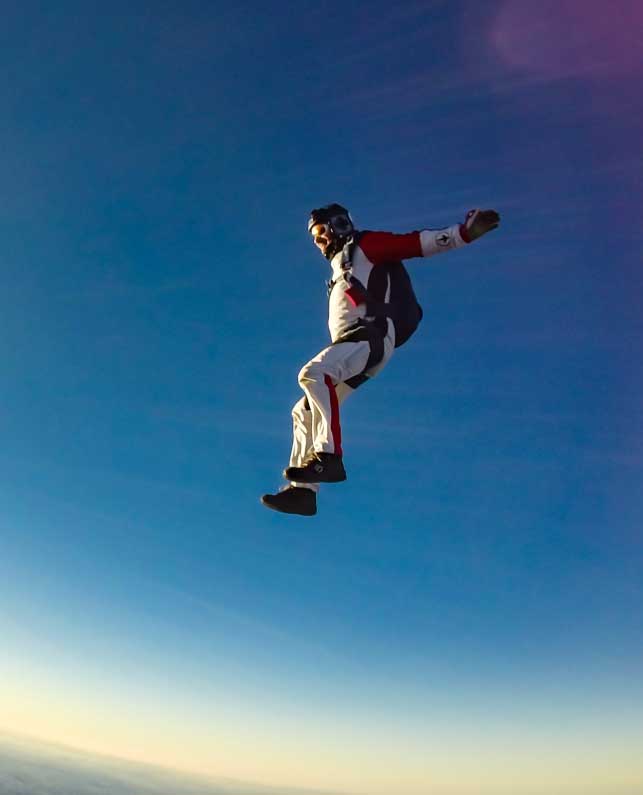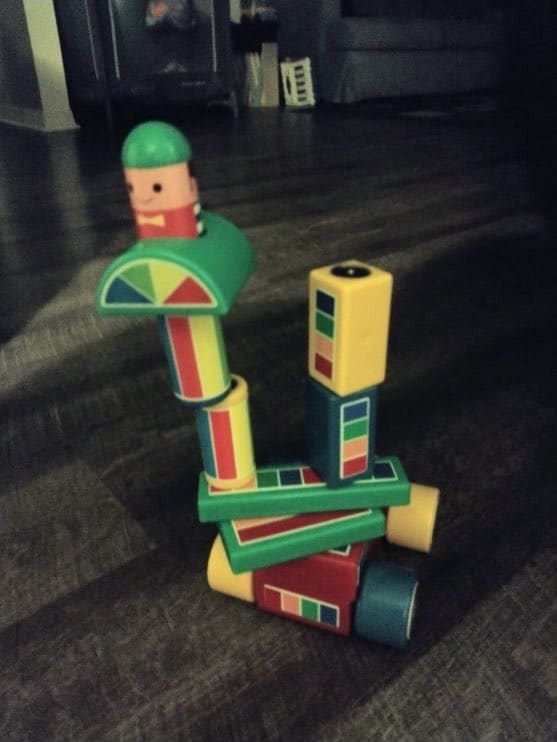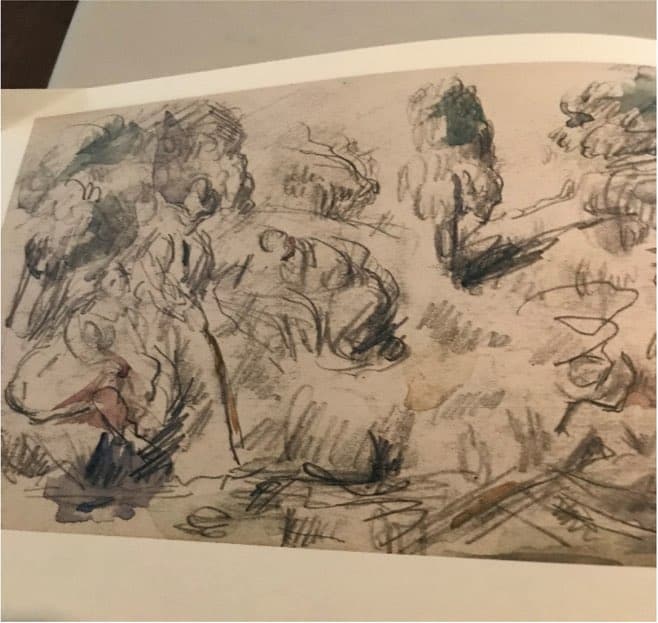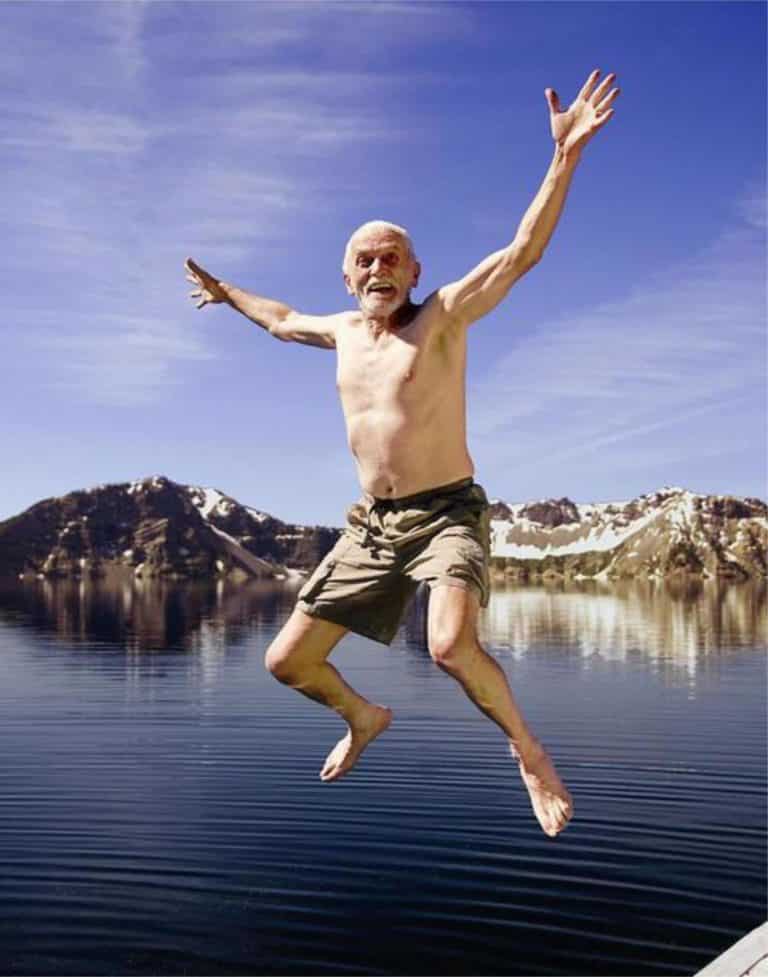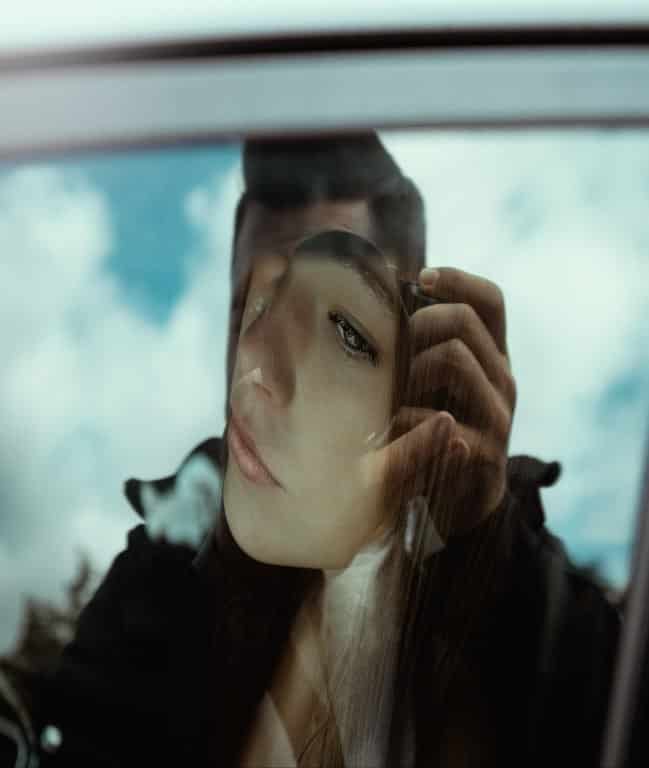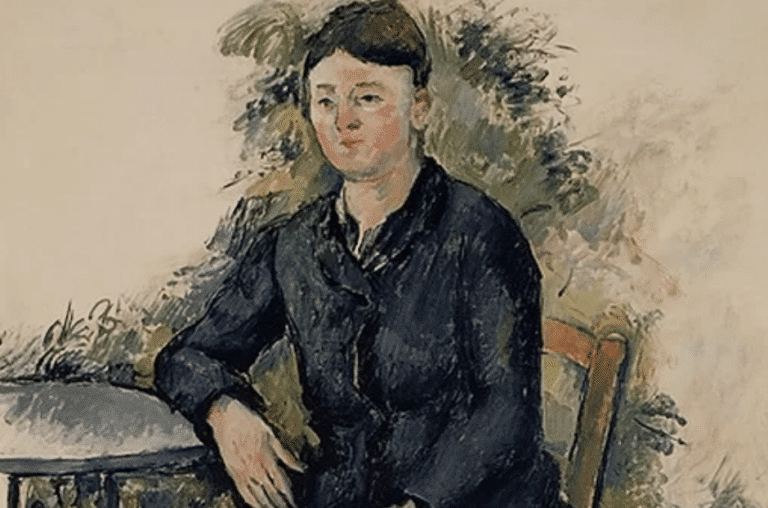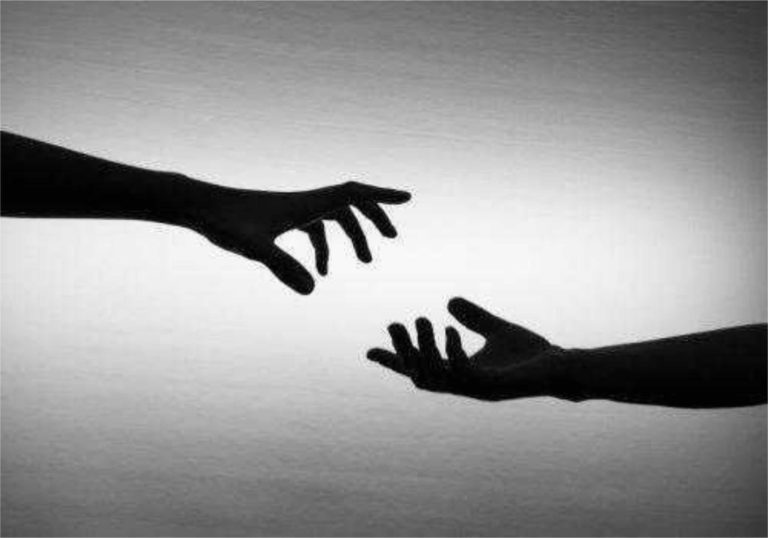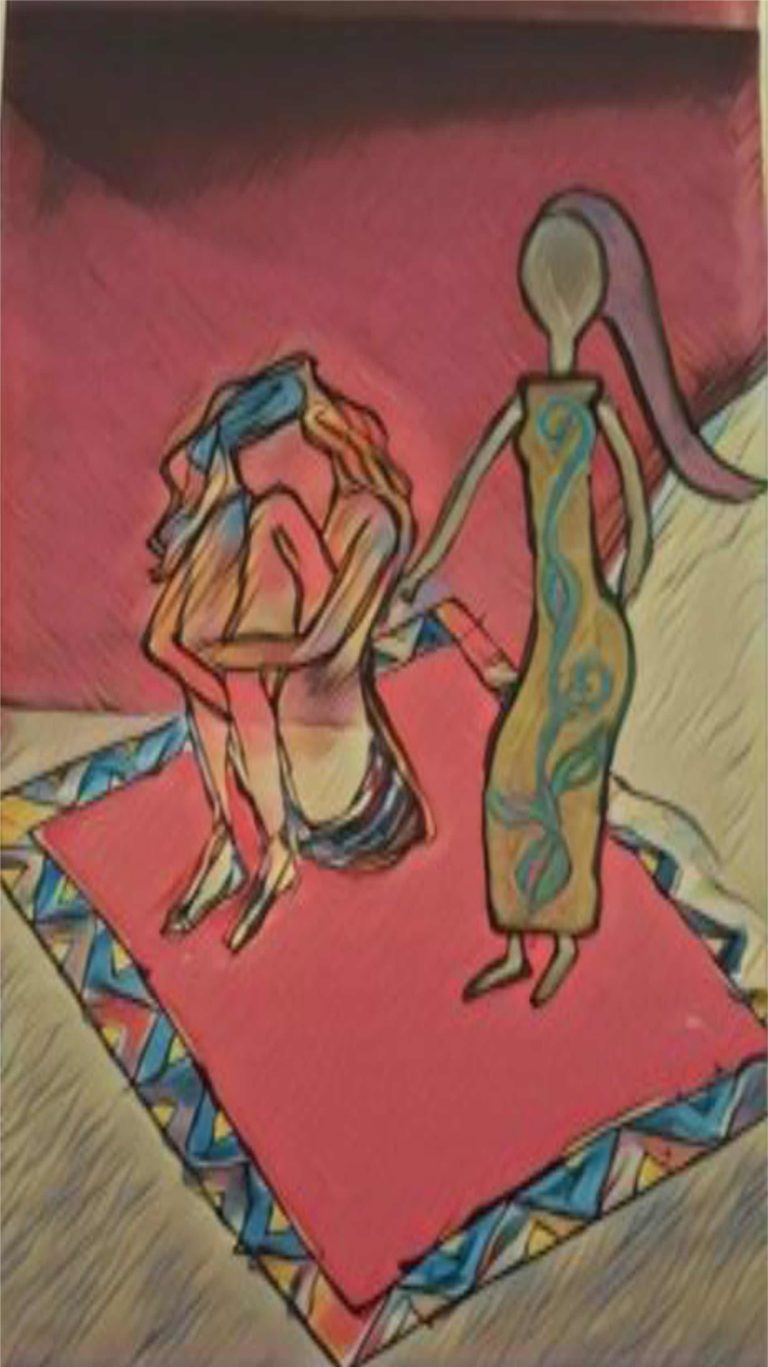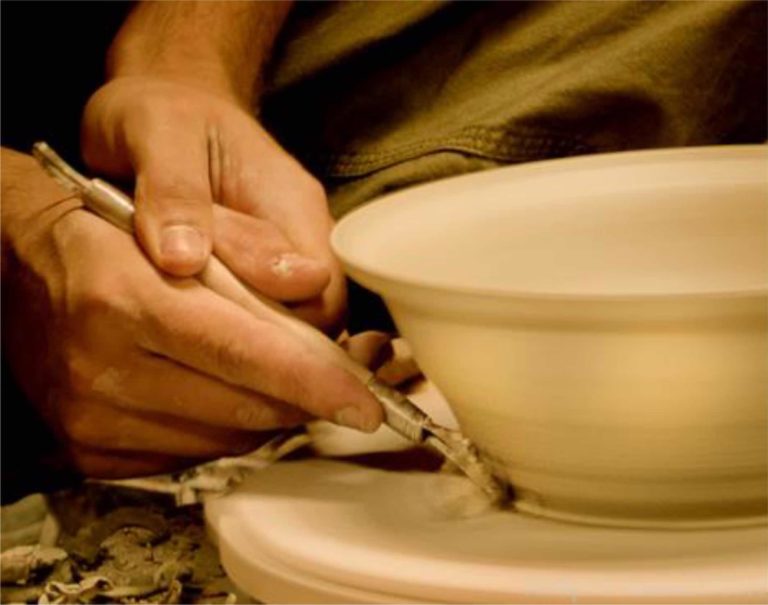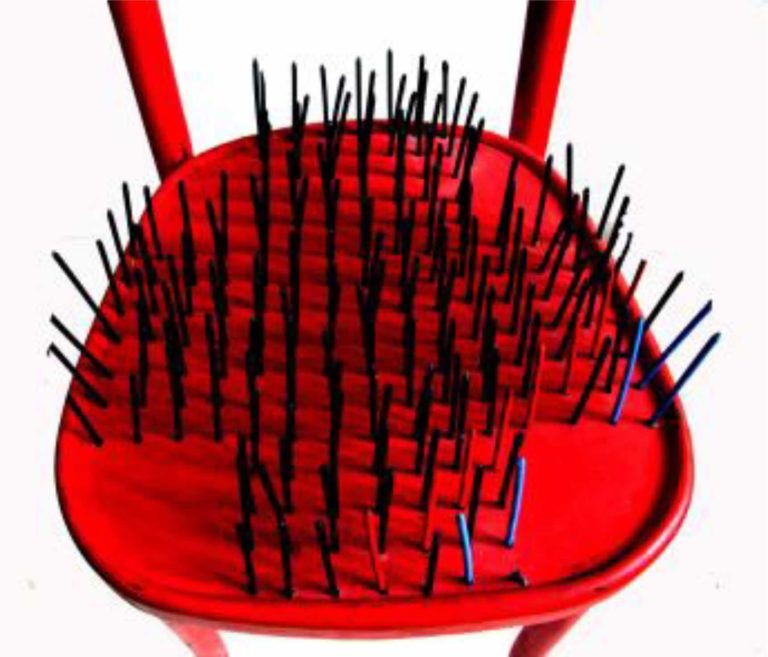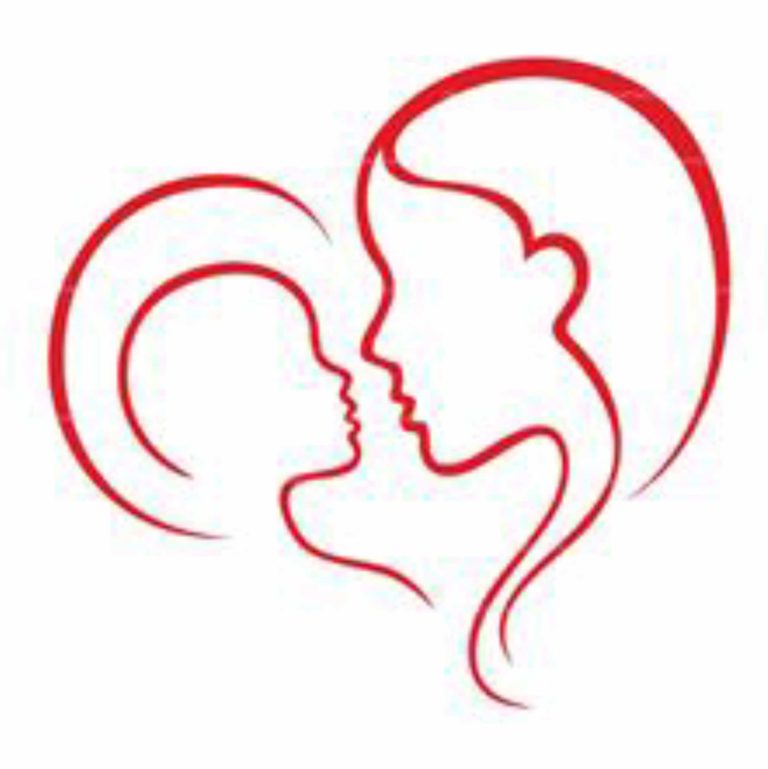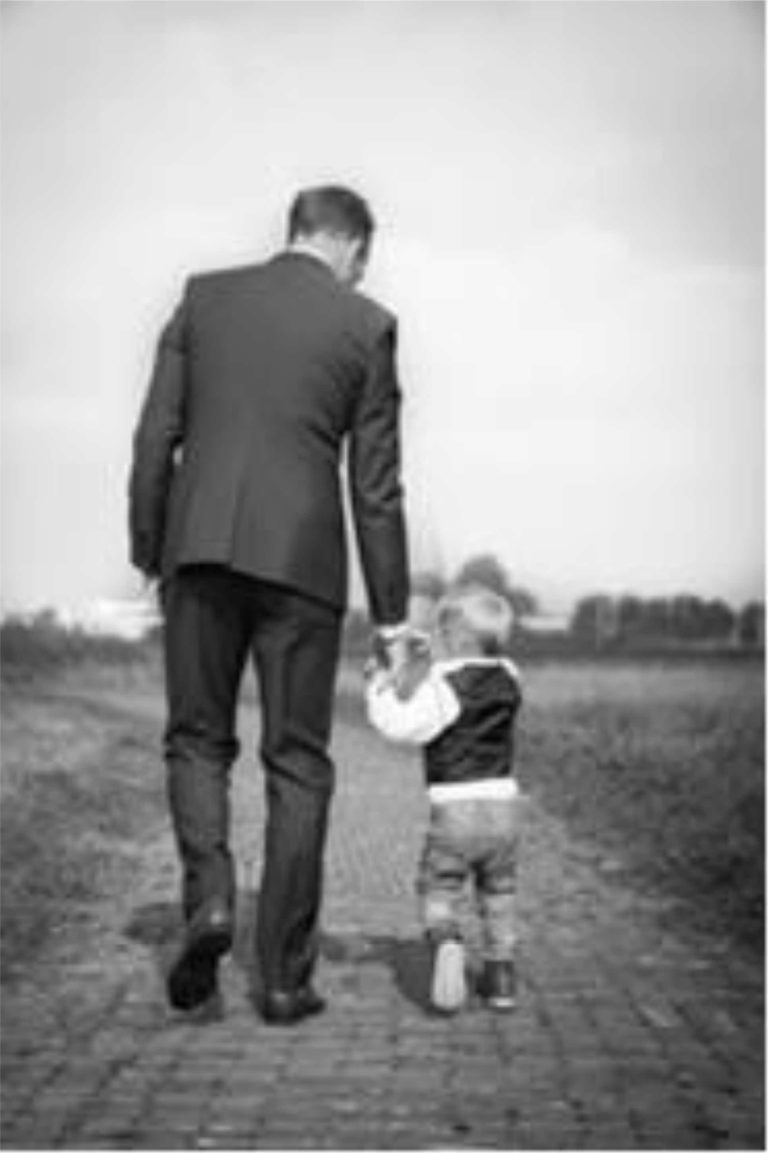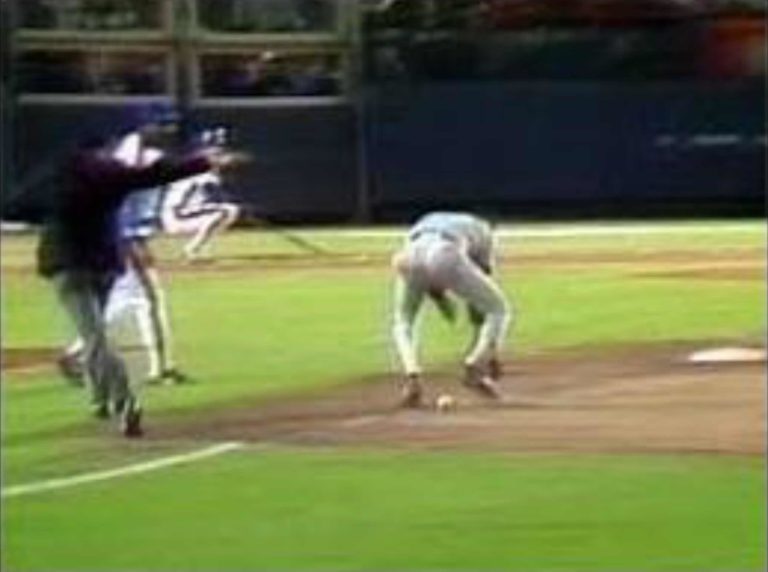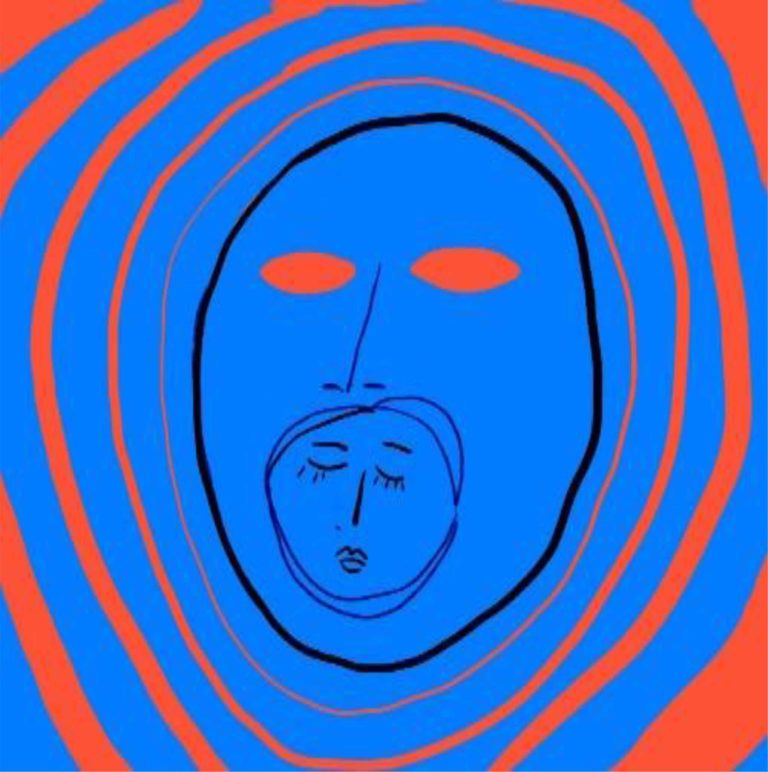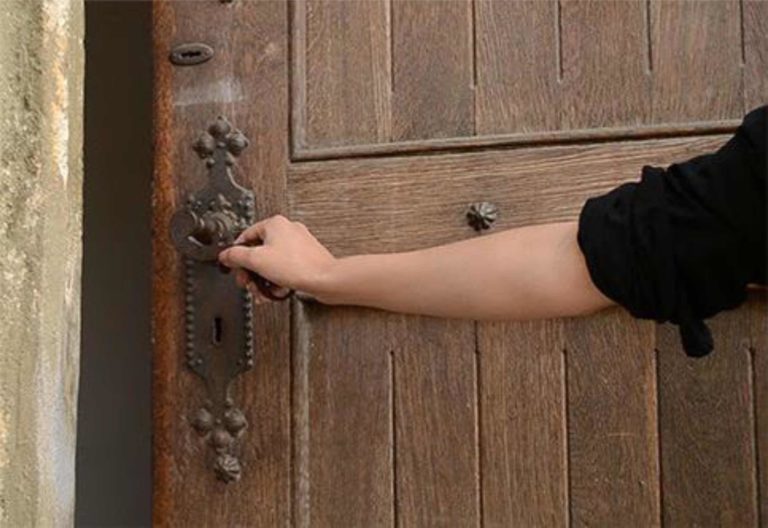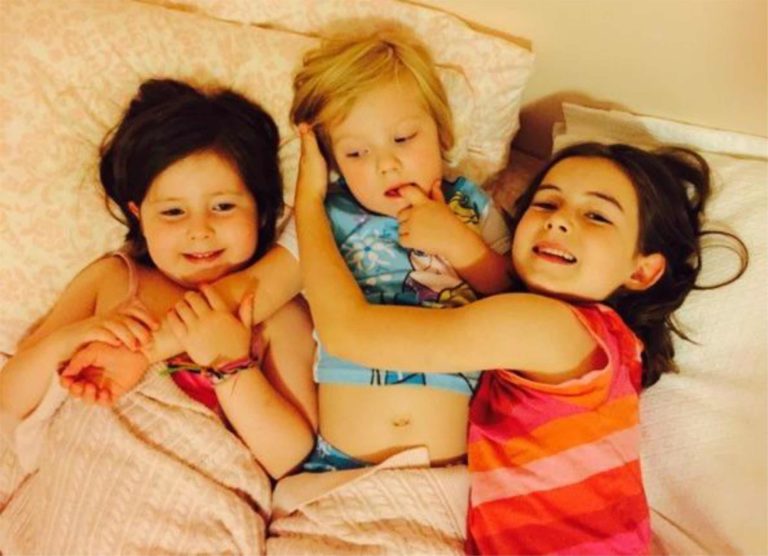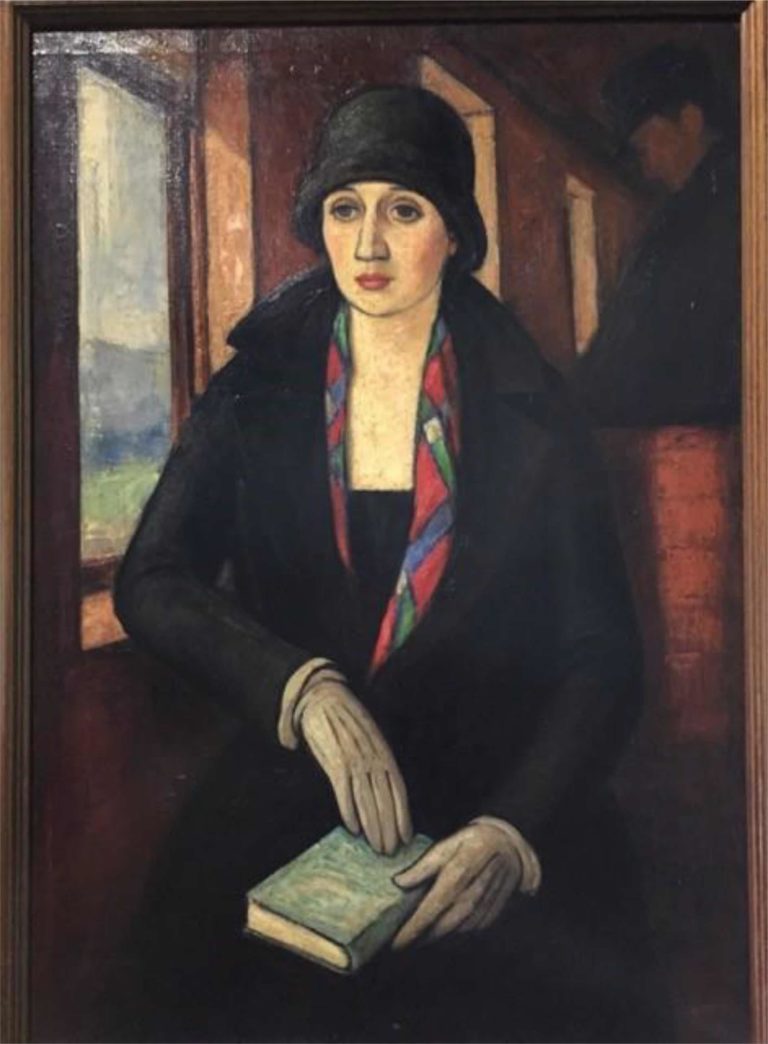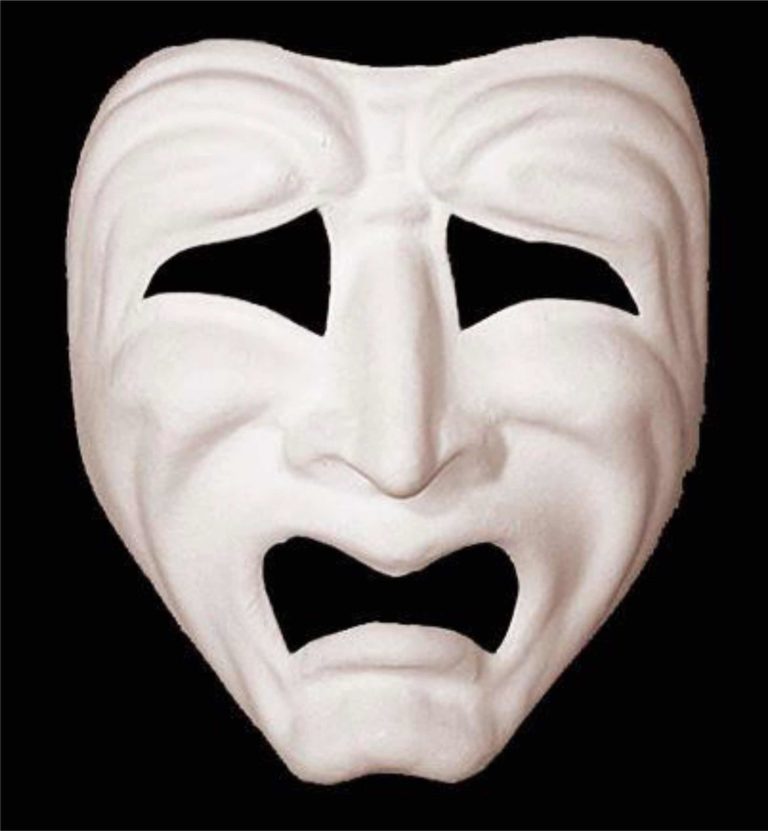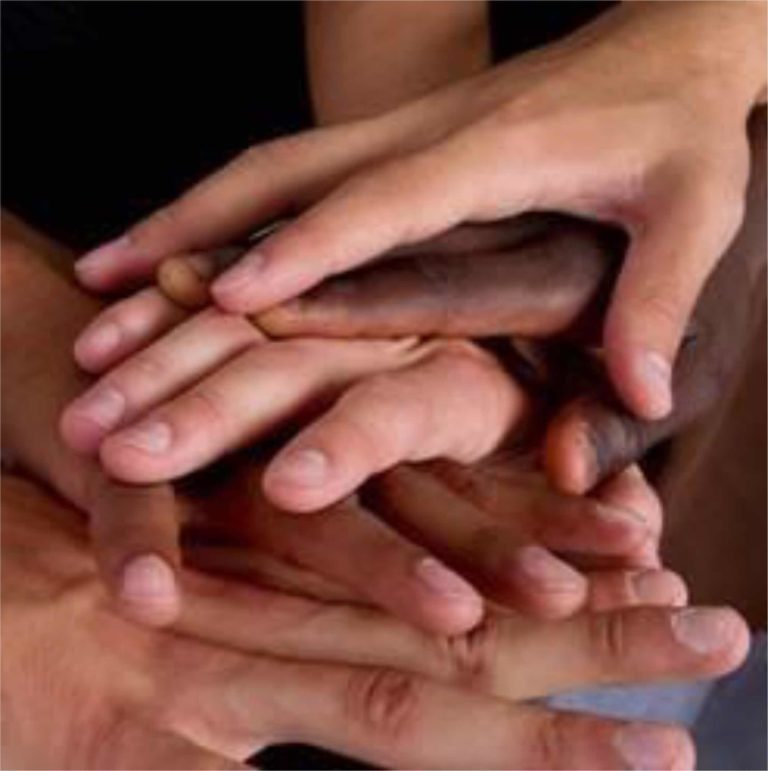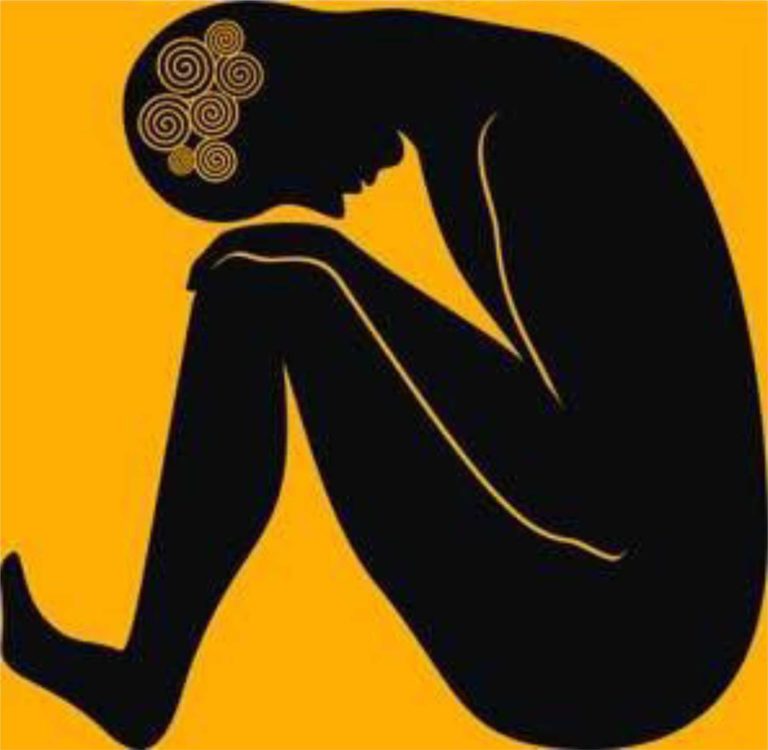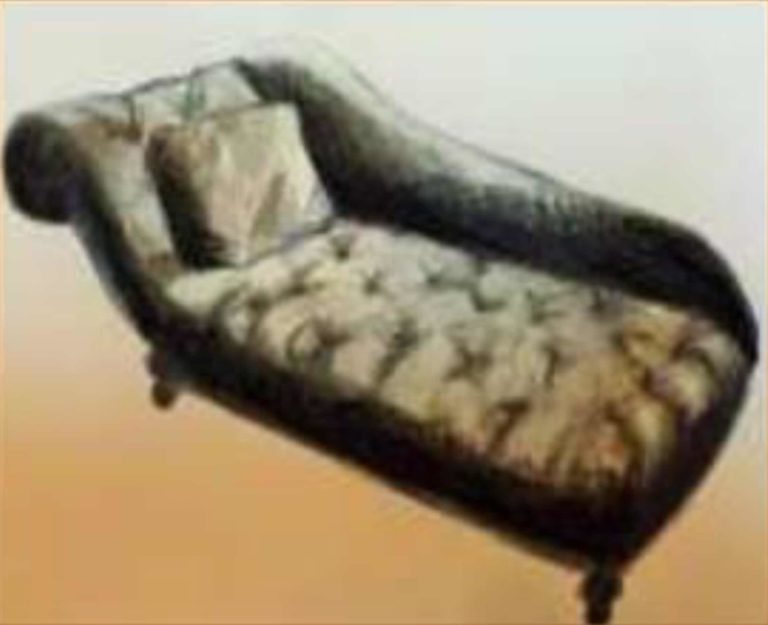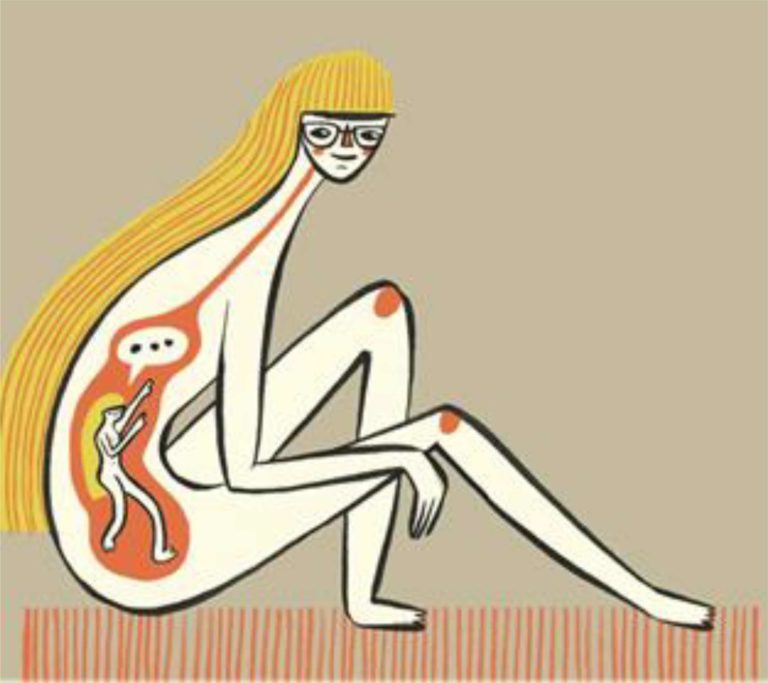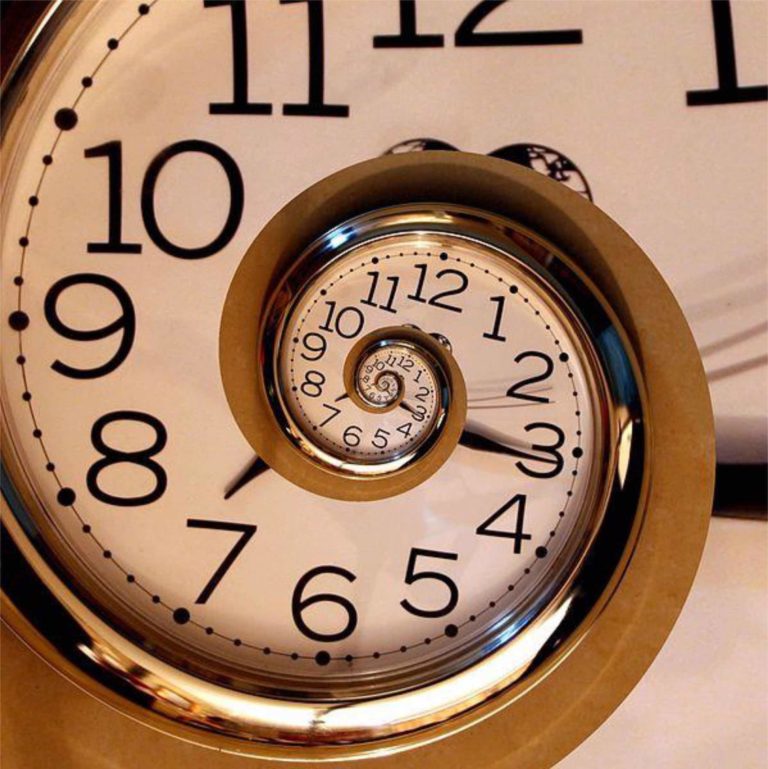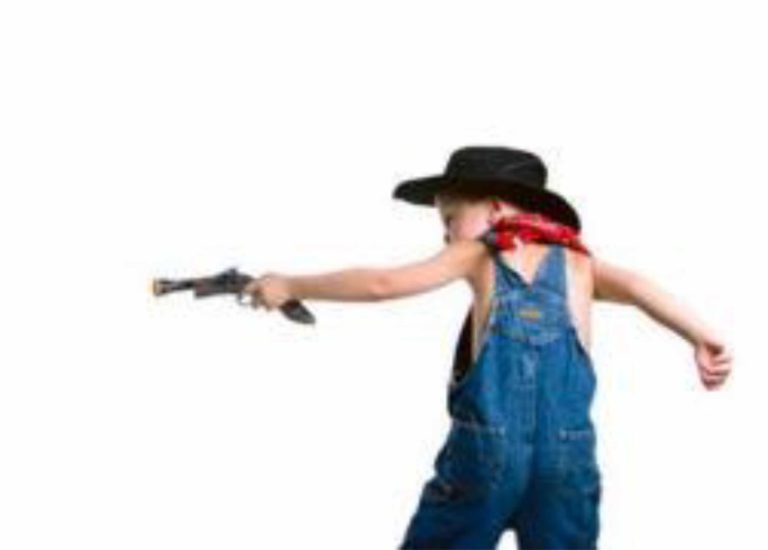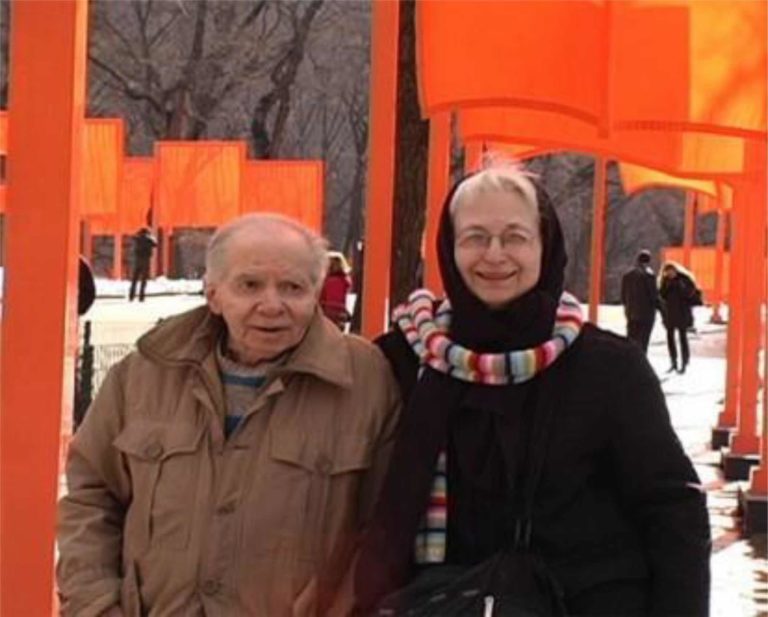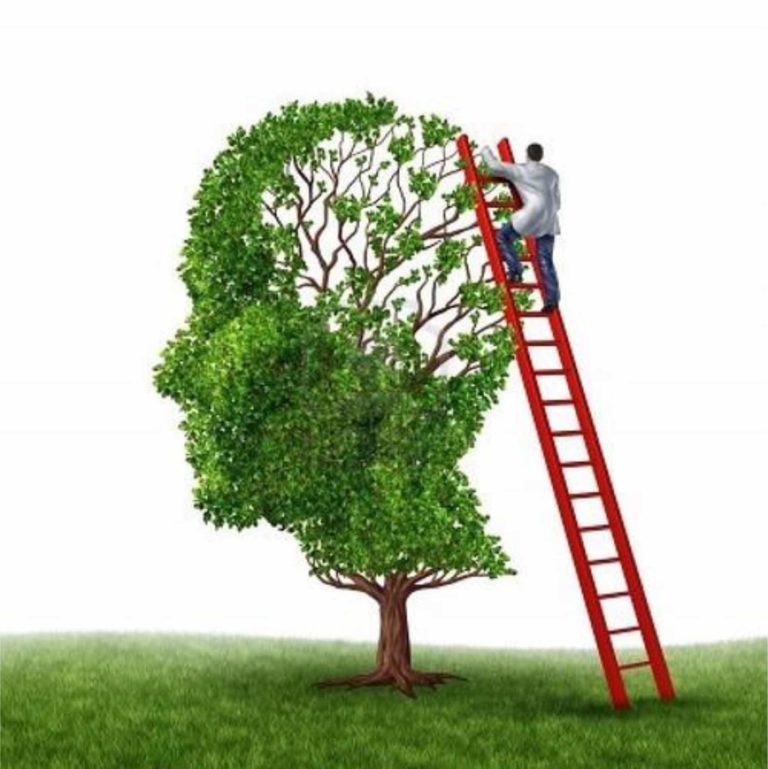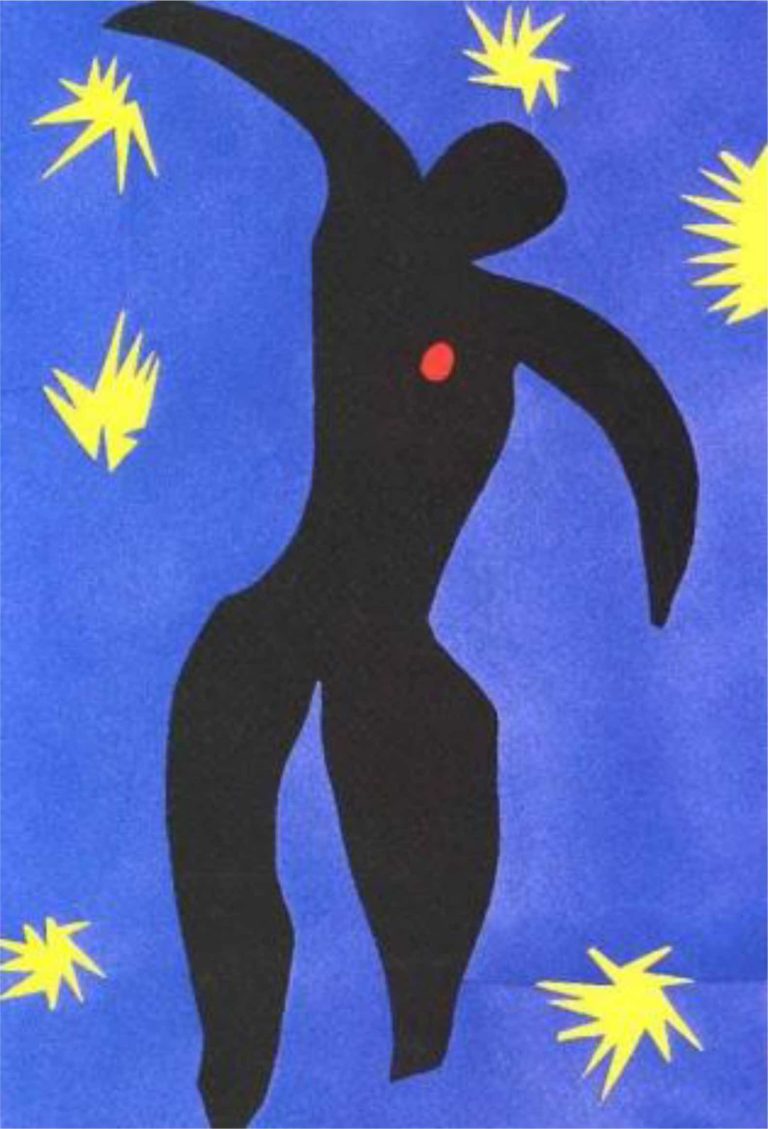PsychBytes
Read the newest PsychByte — insights from practice and life.
Psychbytes is currently welcoming submissions. We are interested in original artworks, written works, and photographs. If you have any content that you would like to submit, please reach out to us at info@wbcp.org.
Having the courage and, perhaps, confidence to say what we see in front of our eyes and then to be curious about it may sound simple, but it is not.
The rhythms of baseball are the rhythms of analytic therapy are the rhythms of life.
Biennially, the National Portrait Gallery fosters a competition where artists around the country submit intimate portrayals of a human being – sometimes themselves. In this video portrait, 2013 award winner Bo Gehring presents Esperanza Spalding (https://www.youtube.com/watch?v=6OeZxytSV3M)
Here I am, taking comfort in the sunroom and emailing off another cartoon to my sister. I have two sisters and have always been especially close to sister number two, Patti. It could be said that we are close because we are nearer in age, but really, we are close because we are pretty much on the same wavelength. We enjoy a lot of the same things including guffawing over clever memes. We like to laugh.
A psychoanalytically informed treatment can last for many months or years, yet there are moments in the work that in retrospect serve as markers showing important changes are occurring.
Two months ago, I jumped out of an airplane at 10,000 feet. It was thrilling. I flew through the air like a bird, experiencing feelings I had never had, manifestations of a new me.
In Florida it was 5:18AM. My son was calling early on my Birthday. I picked up expecting, ”Happy…”. Pressured speech blurted, “My son is a monster; with unstopped determination, he does the opposite of what I tell him and laughs at my anger!”
“So, are you Russian?” The short answer has always been, yes. The long answer is, “Well, I am a Jew, from a Russian speaking city in Ukraine on the border with Russia, but really from the former Soviet Union.”
I breeze down the vegetable aisle at the local supermarket and deliberate: baby arugula or the 50% mix of arugula and spinach?
Cezanne asserted, “There is no line…a bloodless contour should not be trusted.” All of us, we love to tell, to repeat our stories, our memories, but does it do us good?
Have you ever thought about how many common expressions refer to both the human body and buildings?
Bonds between humans and pets, especially dogs and cats, share many characteristics of intimate relationships between humans, but relationships with pets are imbued with qualities not inherent in human relationships.
I recently recalled a moment in my personal analysis in which I discovered that an issue I had brought up many months prior was gone.
Conflict is a pervasive phenomenon charged with emotions driven by difference in cultural perspectives. That applies to conflicts ranging from wars between countries to small “misunderstandings” between individuals.
Thinking much about death these days? I mean your very own death, the one Sigmund Freud maintains we can’t really think about.
In the toddler room, the two-year olds are busy feeding themselves. Everyone is concentrating, fishing out cheerios and carefully bringing them to their mouths.
I had a dream recently. In my dream I am sitting in my bedroom waiting for my next patient. No, I didn’t see patients in my bedroom until the pandemic started.
Many years ago, I volunteered for a suicide hotline. Although we were trained to take suicidal calls, callers in our four-hour shifts were not always at immediate risk of suicide.
An important part of a psychoanalytic treatment is discovery. How can you deal with a problem if it is out of your awareness or you have no words to describe it?
It was early April, and the country was in lockdown but my 13-year-old son, who described himself as my “emotional support human,” and I were driving across an empty landscape to Charleston from Baltimore. My Father was dying.
Many patients wonder how therapists can receive and contain the grievances that they need to voice in treatment without retaliation or resentment.
The coming of age film, “Eighth Grade,” illustrates the importance of a father’s steady presence during adolescence.
Cognitive Behavior Therapy (CBT) helps patients change their realities by taking charge of overt and covert self-statements. For many years, I used CBT and other similar approaches in therapy.
As my oldest child was preparing to leave for college, I, too, was trying to prepare for her departure. It was not going well. Though I appeared to be perfectly at ease with her leaving, mild desperation lay just below the surface.
It’s been a long day, but Mabel’s 87-year-old knobby hands grab mine with all the force she can muster, and I know that I’m right where I’m supposed to be.
When I tell people I’m a psychiatrist, sometimes they ask, “So, are you a Freudian, a Jungian, or a Kleinian?” As an insight-oriented therapist and psychoanalyst, I think we have entered a new era in which such labels no longer fit.
When I was in elementary school, my family lived next to a farm that had cows, horses, goats, pigs, chickens and many, many dogs. It seemed as though there were always a lot of adorable warm puppies to cuddle.
As the grandparent of a delightful 3-year-old (affectionately known as Ipsy), who lives a distance away, I miss not visiting with him for a few hours a day, or taking him to the park, or having him over for Sunday afternoons, the experiences I enjoyed with my grandparents, who lived 7-8 blocks away.
All of my life I have been a woman of faith. St. Francis De Sales says the purest form of prayer is the cry of the heart.
One really cold December morning I was driving to my office, listening to a C-Span Washington Journal archive from June 2017. I heard Zachery Wood, president of the Uncomfortable Learning Club at Williams College, testifying in a Senate hearing on Free Speech on College Campuses.
I attended a workshop led by Beatrice Beebe, PhD, who does research on mother- infant interaction. I watched her videotapes of mothers and their infants, observing their facial expressions, vocal communications, and touch.
Cleaning out old files, I came across a reading list for a humanities class I had been curious about. One title was Nathaniel Hawthorne's allegory, “Birthmark”.
I was twice a refugee from the Holocaust – first, from Austria to France and seven years later, from France to the United States.
Being a serious sports fan is pretty addictive. My interest in the Red Sox began in my tenth summer. They needed to win just one of the season’s last two games to clinch the pennant, and they did what innocent me thought would be impossible – they lost both.
In this brief communication I would like to share my experience of teaching Infant Observation in China.
My husband and I set out on a chilly February morning to hike down the Grand Canyon. Ice was forming on the shadowed walls.
Migration in biology is linked to geographic displacement in the service of survival, in which there is an advantage to be gained; life is protected, the survival of the species and the individual is the goal.
This past fall, feeling overwhelmed by the increasing expressions of racist hatred in the United States and abroad, I read Neranda Keval’s book, “Racist States of Mind: Understanding the Perversion of Curiosity and Concern.”
Siblings play powerful roles in our lives from birth until death. They are our companions, competitors, defenders and the ones who taunt us.
Blanche Dubois' final line in "Streetcar Named Desire" shows that she has slipped into madness by losing her full orientation to time, place, and person.
Thousands of soldiers from the wars in Iraq and Afghanistan are re-entering civilian life with invisible wounds: some with post traumatic stress disorder from killing or witnessing death and dismembering injuries, but also with moral injuries, which may be hidden or medicated with alcohol and drugs, and which require different treatment approaches than fear based trauma.
Beloved folktales have universal appeal as they enshrine powerful unconscious fears and fantasies from old feelings of dependency and helplessness in childhood.
People have collected almost everything imaginable, and, although it may be impossible to fathom why some items are desired, for the individual collector, these objects have deep meaning.
While traveling in New Zealand I took a tour at Te Papa Museum led by a Maori Elder, who deepened my understanding of "the dreaming," which underpins aboriginal religion, ethics, and art.
Friends and I went to see the documentary, "When the Garden was Eden." I was captivated by this Knicks “dream team” of black and white players uniting Manhattan during a time of racial conflict.
What do Van Gogh's paintings, a can opener, the small pox vaccine, a smart phone, the salad you prepared recently and Beethoven's 9th symphony have in common?
During the great snow of January 2016, one of our adult children moved back in. Dressed up in her new jeans and elegant boots she sat out the three days cozily ensconced on our new, cream sofa until the snow cleared.
When I play the flute I enter another world. I stop being occupied by my every day life. In many ways, unlike spoken language, music transports me into a world of sound, rhythm, melody, song, and emotion.
The body is part of the mind. There’s more than a mind-body connection. “I feel so heavy and weighed down by my losses.”
Having the courage and, perhaps, confidence to say what we see in front of our eyes and then to be curious about it may sound simple, but it is not.
My dear friend has dementia. She cannot form short-term memories any longer and she becomes anxious when she knows she needs to keep track of something.
In traditional Freudian theory, a gun symbolizes the penis and having a gun represents power and dominance: protecting, threatening or destroying.
Shortly after the decision of the Supreme Court, I was speaking with a 28-year old gay man. He was excited and optimistic about his future.
In the documentary, “Herb and Dorothy”, we meet the Vogels, who acquired a world renowned collection of conceptual and minimal art in New York City.
In Baltimore, the curfew is lifted and the police have been charged and indicted in Freddie Gray's death. But the question persists; why do residents attack the very places in which they live?
Why do so many people disregard the science of climate change? I suggest the disbelief borders on denial allowing us to avoid responsibility for the rape of Mother Earth, the destruction of that which gives us life and on which our lives depend.
SCENE: A sterile hospital lounge furnished with couches, chairs, a TV and a card table. A sign on the swinging door center stage reads: MEMORY CARE UNIT.
Emotions matter. Pretending that emotions do not exist creates dissonant background music that, eventually, cannot be drowned out by pleasurable distractions.
Biennially, the National Portrait Gallery fosters a competition where artists around the country submit intimate portrayals of another human being – sometimes themselves.
What can a psychoanalytic view of Shakespeare tell us? First, that Shakespeare can teach psychoanalytic therapists—and others—a great deal about people: about our deepest feelings; about our closest relationships; about our struggles to understand ourselves and others.
The rhythms of baseball are the rhythms of analytic therapy are the rhythms of life.
Henri Matisse called painting a "joy" and considered it his "cure" for mental distress.

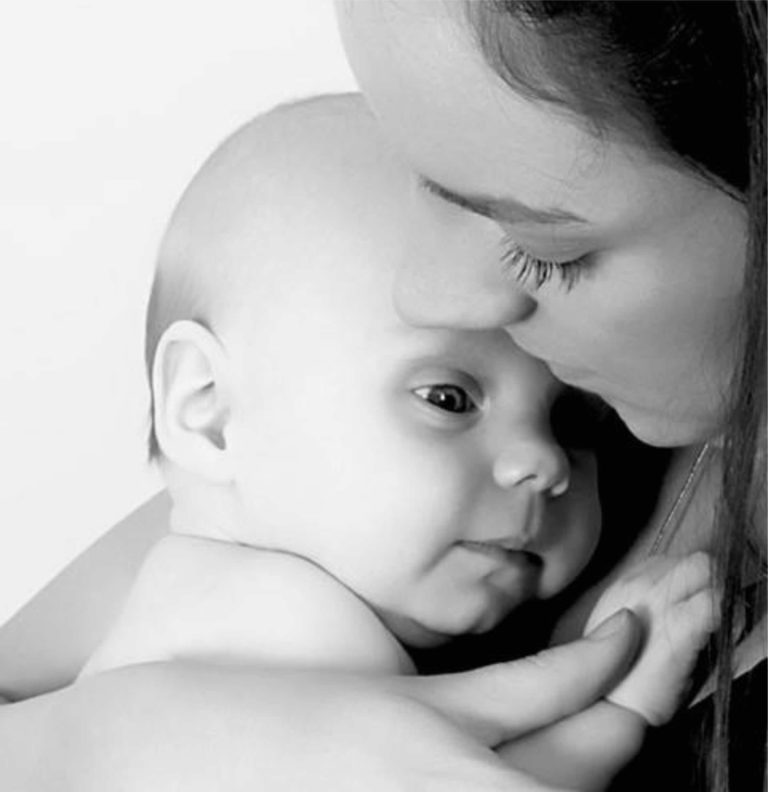
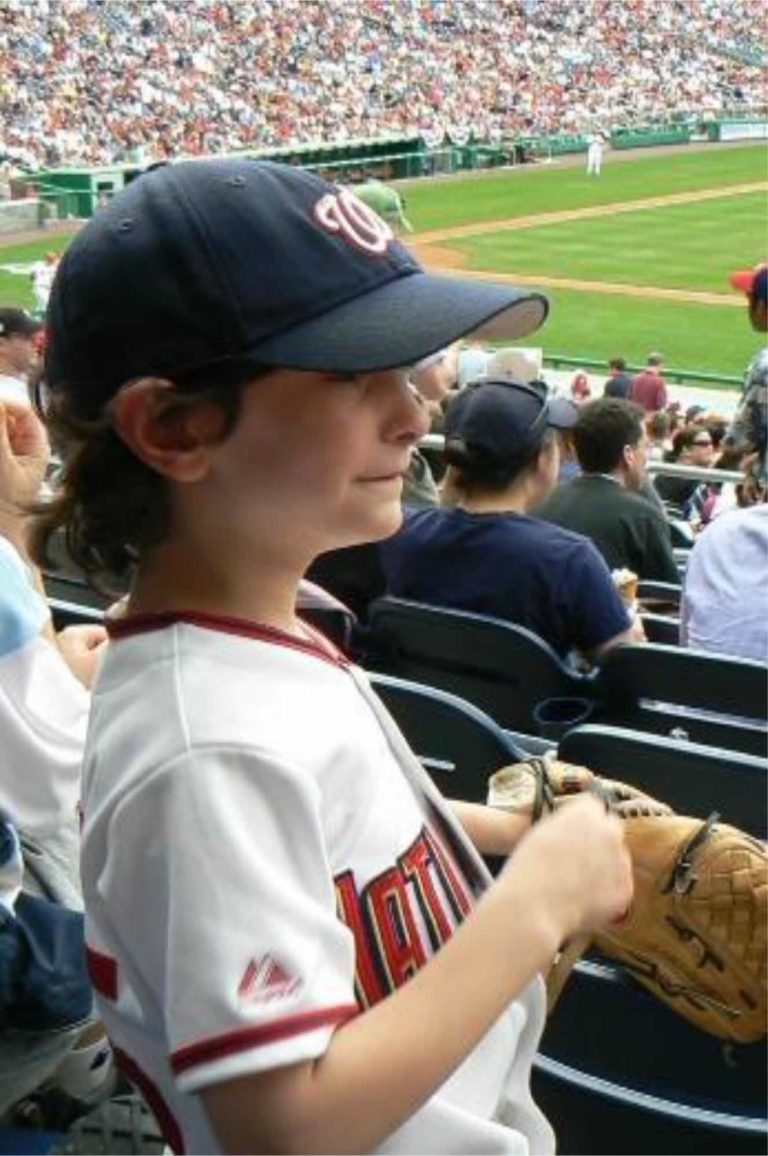
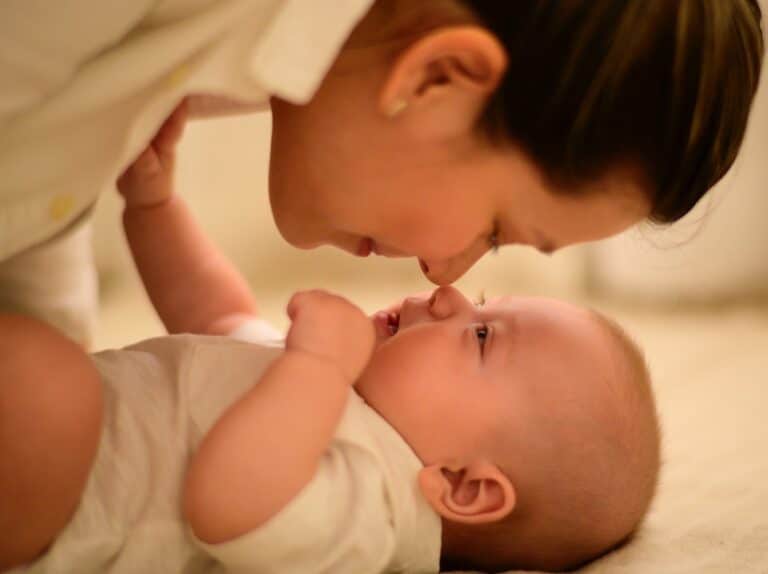
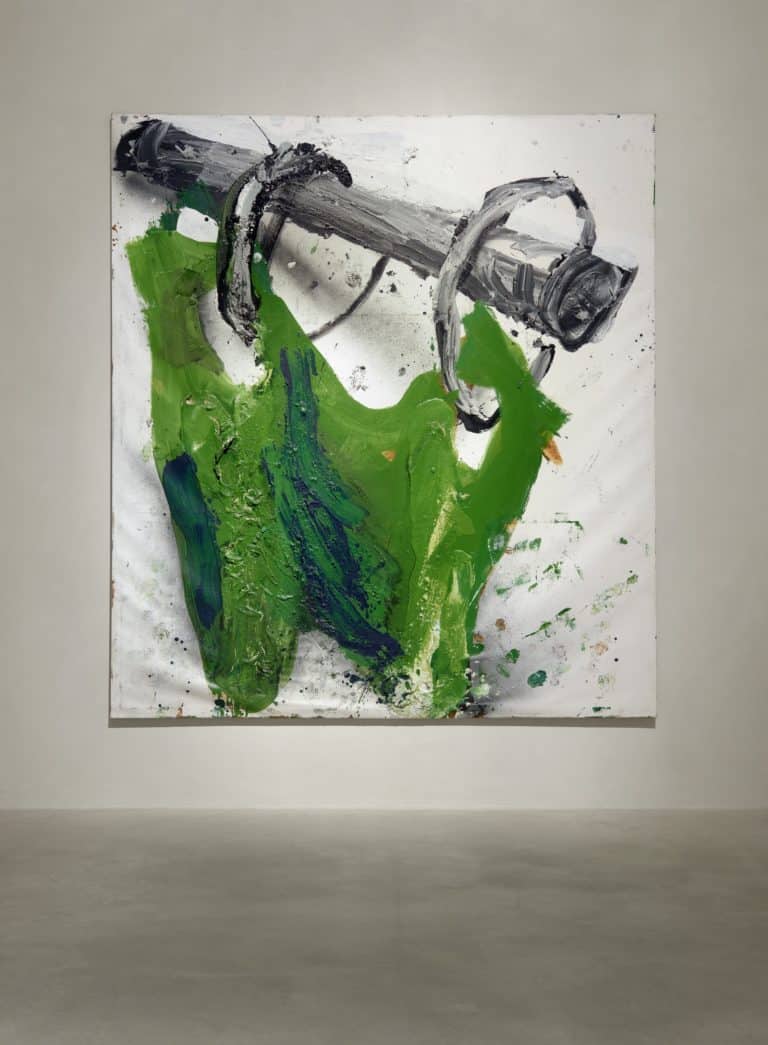
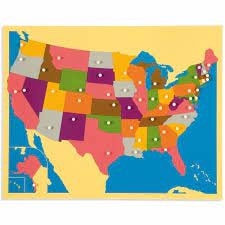

![PsychBytes September 2022[60] copy PsychBytes September 2022[60] copy](https://www.wbcp.org/wp-content/uploads/PsychBytes-September-202260-copy-768x912.jpg)
